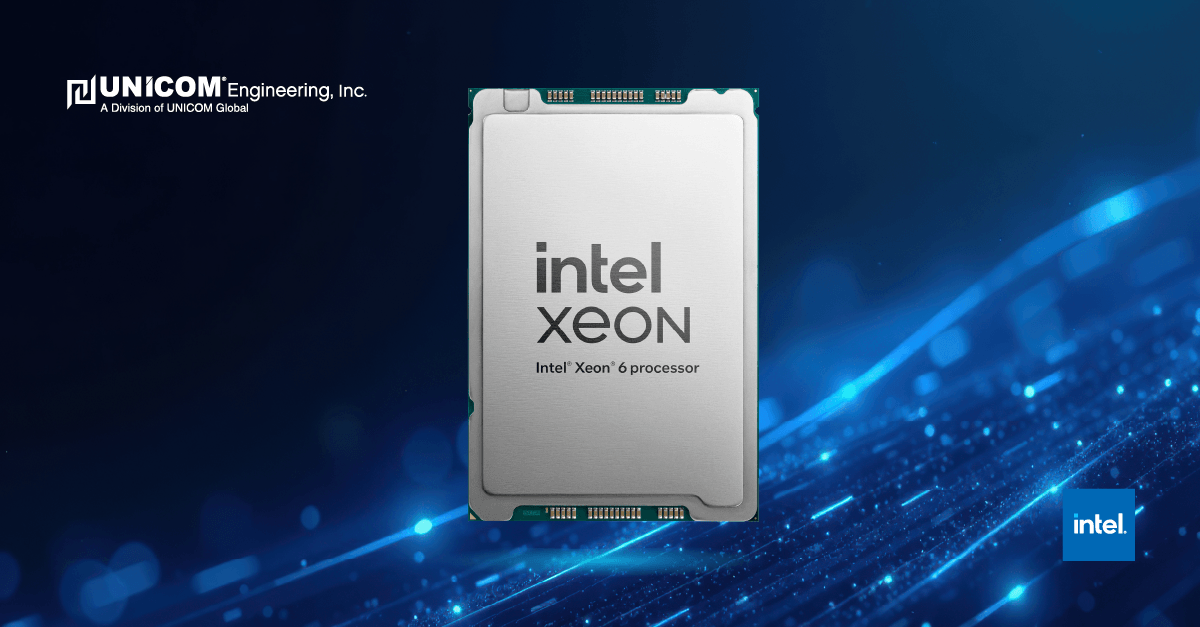Intel Xeon 6 processors are purpose-built for AI and data center growth, outperforming current alternatives while preparing for future demands. The key to Intel’s success lies in a range of practical enhancements.
Why Scalability is Essential
As AI applications continue to expand, they generate increasingly large amounts of data, putting pressure on existing compute and storage architectures. The systems that are adequate today may not meet demands just six months to a year from now; therefore, AI infrastructure must be designed with growth in mind. This requires modular and expandable designs that accommodate additional processors, increased I/O capabilities, and larger storage capacities.
However, simply adding more storage or processing power is not sufficient. Modern systems must also deliver real-time analytics to inform decision-making and operate efficiently within the constraints of data center space and power usage.
What Intel Xeon 6 Offers
For organizations that are launching or expanding their AI or data analytics operations, Intel Xeon 6 offers several distinct advantages, including:
Improved Compute Performance
The first step in addressing increasing compute demands is using processors that deliver superior performance. The Intel Xeon 6 family of processors offers two unique designs tailored to meet specific requirements.
Intel P-Cores are designed for maximum performance and can scale up to 128 cores per socket. These processors deliver superior single-threaded performance, making them ideal for AI model training and complex data analysis.
On the other hand, Intel E-cores prioritize efficiency and support up to 288 cores. These CPUs are ideal for scale-out cloud-native workloads requiring efficient AI inference and data analytics.
Organizations don’t have to choose one architecture over another. Intel’s P-Cores and E-Cores can work together effectively, with P-Cores excelling in handling workloads involving complex data relationships, such as those found in relational databases, while E-Cores performing better with non-relational database structures. By utilizing either type of processor, customers can create ultra-high-density compute environments that optimize their existing data center resources.
Increased I/O
As processing speeds increase, there is a growing need for more data to be accessible at any given time. CPUs must have access to a large amount of data to effectively support AI, HPC, and other data-intensive applications. The Intel Xeon 6 platforms provide up to 192 PCIe Gen 5 lanes in dual-socket configurations and up to 136 lanes in single-socket configurations. This kind of high-density connectivity is ideal for integrating GPUs, storage, and networking devices.
Acceleration Technologies
The overall speed of any system surpasses that of processing and I/O operations. Numerous factors can lead to data bottlenecks or slowdowns. To maintain the fastest possible data flow, Intel developed its Intel Xeon 6 processors, featuring P-Cores and E-cores, along with a suite of acceleration technologies, including:
- CXL 2.0 connectivity for accelerators and memory expansion devices.
- Intel Ultra Path Interconnect (UPI) 2.0, which enhances intersocket bandwidth.
- Intel Quick Assist Technology (Intel QAT), capable of handling data encryption at speeds up to 400 Gb/s.
- Intel Data Streaming Accelerator (Intel DSA), which streamlines data movement operations.
- Intel In-Memory Analytics Accelerator (Intel IAA), which boosts the performance of database queries by offloading compression and decompression tasks from the CPU.
- Intel Dynamic Load Balancer, which dynamically distributes network traffic across multiple CPU cores to enhance overall workload performance.
The net effect of these accelerators is an unprecedented increase in CPU capacity to perform critical operations without the need for additional compute power.
Improved Memory Capacity
Growing data center environments need to store and process larger volumes of data. The Intel Xeon 6 family supports up to 12 channels of DDR5 memory. Additionally, the P-core models utilize MRDIMM technology, which provides up to 37% more bandwidth compared to standard DDR5 DIMMs. This enhancement ensures rapid data transfer between memory and the processor, reducing bottlenecks in memory-intensive workloads.
Real-World Results
The value of the improvements made in the Intel Xeon 6 family of processors is clearly illustrated by its comparative performance results. Some of the key performance enhancements include:
- Scale-Ready AI Performance: Achieves up to 2x higher BERT-Large training and inference performance compared to the 5th Gen Intel Xeon processors.
- Improved Network Performance and Efficiency: Delivers up to 4.17x higher UPF performance, along with up to 2.66 times better performance per watt compared to the previous generation of Intel Xeon processors.
- Enhanced Infrastructure and Storage Performance: Offers up to 1.43x higher socket-level performance compared to the 5th Gen Intel Xeon processors.
Seamless AI Infrastructure and Deployment Starts with the Right Partner
Selecting the appropriate AI infrastructure built on Intel Xeon 6 is just the first step—ensuring a seamless launch and deployment requires an experienced system integrator. As an Intel Titanium Level OEM partner, UNICOM Engineering combines deep expertise with cutting-edge technology to bring AI solutions to modern data centers with breakthrough performance. Our team is ready to help design, optimize, and deploy your solution, ensuring maximum efficiency and scalability.
Let’s build the future together–schedule a consultation today.
